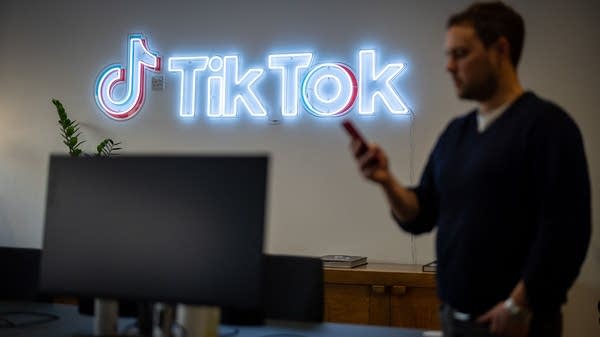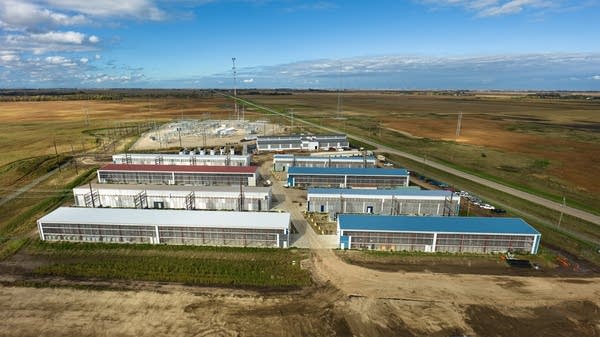U.S. nuclear power is switched on, but China is charged up
The reactivated U.S. industry wants the government to expand its investment.

As we’ve noted before, global demand for electricity is increasing, and that includes the USA. We’ve turned to low-cost natural gas and subsidized wind and solar to supply a lot of our new power. Nuclear energy, on the other hand, is expensive, and, let’s face it, it still has a public relations problem.
But it also checks two big boxes. It’s low-carbon and it’s “firm,” which means it can provide constant power, unlike the sun or the wind. Which is part of why China has been churning out nuclear power plants like hotcakes to meet its own growing demand for electricity. In a decade, the country is poised to knock the U.S. off its pedestal as the leader in nuclear power production.
But things are percolating in the U.S. nuclear power industry. Dow Chemical is building new small reactors to help with its energy needs. And Microsoft is behind a plan to reopen the infamous Three Mile Island facility to power its data centers.
Those developments come after decades of little activity, said William Freebairn of S&P Global Commodity Insights.
“Our reactors in the U.S. were almost exclusively built in the ‘60s, ‘70s and early ‘80s. We stopped building new nuclear reactors at that time, and so our supply chain atrophied,” he said.
In contrast, China has been ramping up nuclear production with public-sector support.
“Now China is really showing the world how it's done by building all these reactors at a time. Half the reactors under construction right now in the world are in China,” said Freebairn.
Todd Moss with the Energy for Growth Hub said for the private sector to compete, the U.S. government has to invest in our companies too.
“Not exactly like the Russians and Chinese, but they're certainly going to need some help to make sure that American firms are facing a level playing field,” said Moss.
The Donald Trump administration has expressed support for the industry. But a lot is up in the air. John Kotek of the Nuclear Energy Institute said incentives like those provided to wind and solar would go a long way.
“There are a lot of state and federal policymakers considering what sorts of policies could be put in place that really unleash that demand and lead to multiple new orders in the U.S.,” said Kotek.
Stepping up production to bring down costs, he said, is what the U.S. nuclear industry needs.













